Ever seen someone drop the hammer at a stoplight, expecting to rocket ahead, but instead you hear the engine scream, tires barely chirp, and the car just… limps forward? Blame the clutch. Most drivers think speed comes from horsepower, but the clutch is the muscle silently taking a beating when things get wild. Nobody brags about a clutch, but the truth is, if you can't grab the power and shove it into the pavement, all those horses are just bored in the stable. Not convinced? I've seen a tuned Subaru try to launch, only for the stock clutch to slip so bad it looked like grandma was driving it.
How a Clutch Upgrade Changes Your Car’s Behavior
At the heart of every manual transmission car lives the clutch—a bundle of plates, springs, and friction material that decides if your engine’s power actually finds its way to the wheels. A stock clutch is built for comfort and daily-driving reliability. Its designers assume you’ll maybe haul a couch or two, but never drag race your way out of a grocery store parking lot.
The moment you bolt on a turbo, drop that gear, or decide to challenge that cocky neighbor, your stock clutch starts to sweat. It was never designed to handle those violent bursts of torque. Clutch upgrades swap out that mild-mannered setup for grittier friction materials, beefier pressure plates, and sometimes lighter flywheels. This means your drivetrain can handle more abuse—think stronger launches, snappier shifts, and more confidence under pressure.
But does this make you faster? Technically, the only time the clutch directly influences speed is during gear changes or launches. The faster you can engage and disengage the clutch without slippage, the quicker you can accelerate from a standstill or swap gears on a backroad. A fresh, upgraded clutch can slash launch times by helping you actually put all your engine’s torque to the road instead of turning it into burning smell. In motorsport, tenths of a second matter. That’s why upgraded clutches are everywhere from autocross to drag strips. But if you’re commuting—stuck in traffic, sipping coffee, barely shifting—your clutch upgrade won’t win you any drag races. It just runs a bit stiffer and might chirp a little louder if abused.
Real Data: Stock vs Upgraded Clutch Performance
Let’s get specific: Does an upgraded clutch deliver in real test situations? Consider the example of a 2017 Ford Mustang GT. In stock form, it ran a quarter mile in about 13.1 seconds, launching with some clutch slip on sticky tires. Upgrading to a stage 2 clutch (with higher friction material and stiffer springs), the same car launched at higher RPM, put down more consistent 60-foot times, and ran a best of 12.6 seconds. That’s a half-second drop, just from not wasting power and grip in the launch phase.
This isn’t just a Ford thing. Hot hatch owners—think Golf GTI, Civic Type R—see similar gains, especially if they tune the engine for more boost. Stock clutches on these cars rarely survive stage 2 or 3 tunes. Felicity, my spouse, daily drove a tuned Fiesta ST for a while, and after her third time stalling out in rush-hour traffic thanks to a nearly cooked stock clutch, we swapped in a higher capacity clutch. Her launches got quicker, and—most importantly—she stopped cursing out the car before breakfast.
| Vehicle | Stock Quarter Mile | After Clutch Upgrade | Observed Improvement |
|---|---|---|---|
| 2017 Ford Mustang GT | 13.1 sec | 12.6 sec | 0.5 sec faster |
| 2015 Golf GTI (Stage 2 Tune) | 13.9 sec (with slipping) | 13.3 sec | 0.6 sec faster |
| 2013 Subaru WRX | 13.4 sec | 12.8 sec | 0.6 sec faster |
It’s not just anecdotal, either. A 2023 report from Clutch Masters showed pro drivers dropped 0.2–0.7 seconds off their 0-60 times after a properly matched clutch upgrade. The gains depend on how much power you run, surface grip, and how well you launch. But if your clutch is the weakest link, it costs you time every single shift or launch.
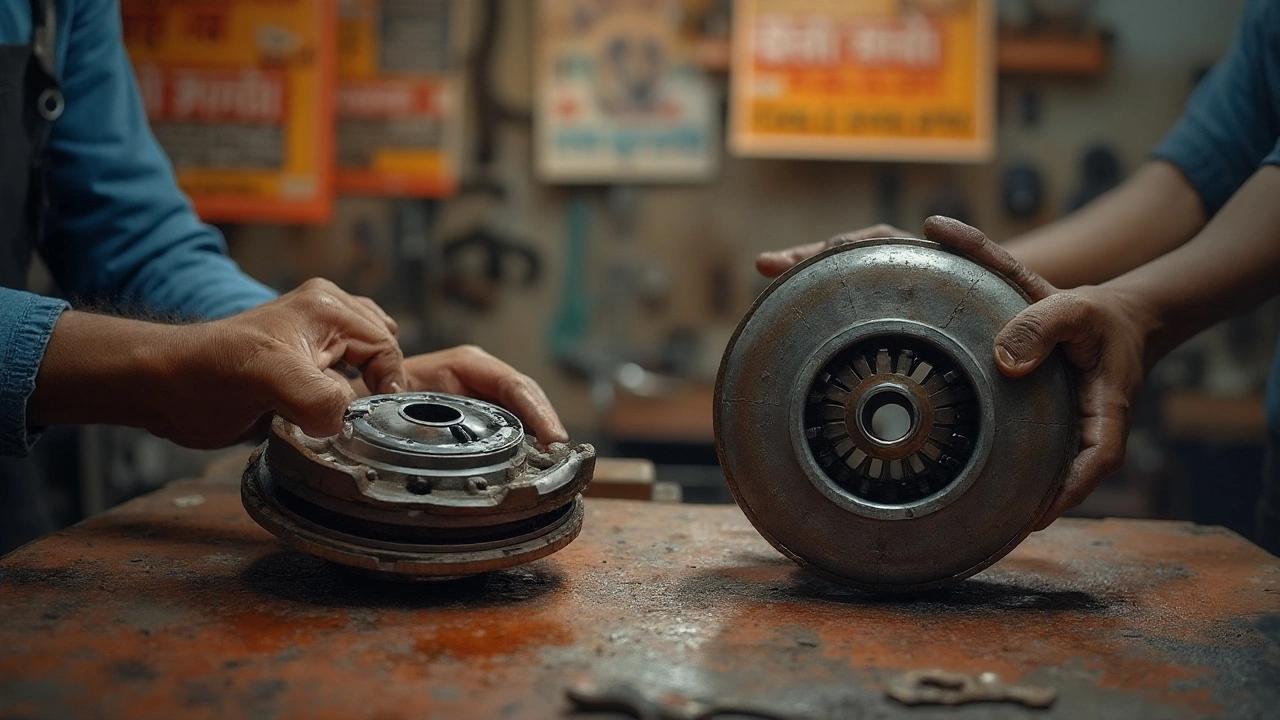
Benefits of Upgraded Clutch: Beyond Just Speed
Here’s what makes an upgraded clutch valuable, even if you’re not chasing trophy times at the track. First, peace of mind. If you own a high-performance car, or run mods—bigger turbo, retuned ECU, sticky tires—the stock clutch will eventually slip or fail. Aftermarket clutches usually handle more torque, stay cooler under abuse, and last longer than stock units if used properly.
Many upgraded clutches use tougher materials like ceramic, carbon, or kevlar blends. These grip harder, resist heat, and almost dare you to launch harder. Some setups use multi-plate clutches, which squeeze more surface area into the same space—great for racing, but sometimes overkill for day-to-day life. A downside: tougher clutches can be grabby, which means stop-and-go traffic gets trickier. Your left leg gets a workout, and your friends might not want to borrow the car.
Durability matters too. The clutch isn’t fun or cheap to replace. Spend a little extra up front on a quality upgrade, and you might double the life compared to keeping things stock—assuming you drive smart. Torque ratings on factory clutches can be as low as 200 lb-ft for econoboxes, climbing to 400 lb-ft or more on upgraded units. That’s a huge safety net for anyone eyeing the dyno. If you launch on sticky drag radials often, you can burn a factory clutch down after ten sessions—an upgraded one can easily keep up and ask for more.
When a Clutch Upgrade Does and Doesn’t Make You Faster
So, does an upgraded clutch always make you faster? If your current clutch is holding you back—slipping under load, sticking during shifts, grumbling at every hard launch—yes, an upgrade unlocks your car’s full quickness. That’s especially true with turbo engines, tuned hot hatches, or muscle cars with bolt-on power adders.
If your clutch isn’t slipping, and you don’t put down more power or torque than stock, you might notice snappier engagement, but outright performance gains will be subtle or even unnoticeable. Think of it like buying race shoes—if you can already sprint barefoot, the shoes help you avoid blisters, but don’t magically knock minutes off your mile. You’ll mainly feel the difference at the drag strip, fast upshifts, and ambitious launches. If you’re tracking lap times, shaving half a second is a big deal, but on Main Street, bragging rights matter more than tenths.
There are catches. Not all upgraded clutches fit like LEGO bricks. Some need break-in periods—500 to 1,000 miles is common—before you push hard. Some are noisy, chatty, or heavy on the pedal. It’s a trade-off: raw speed versus daily comfort. If you just want smoother shifting at Starbucks, you might be happier with a slightly stiffer organic clutch than a triple-plate ceramic built for drifting.

Tips for Choosing and Maintaining Your Upgraded Clutch
If you’re tempted to bolt in an upgraded clutch, here’s how to get it right. Always match your clutch to your actual power output and driving style. There’s nothing worse than suffering through a heavy-duty race clutch on your daily, or blowing up a cheap eBay job on your first hard launch. Stick with trusted brands—ACT, Exedy, South Bend, Clutch Masters—and check real reviews, not just marketing hype.
Install matters. If the shop doesn’t resurface the flywheel or set proper torque specs, you’re setting yourself up for drama. Consider changing your throw-out bearing and, if budget allows, the flywheel too—an aluminum flywheel drops rotating mass so your engine revs quicker. Some people budget a day for a clutch change; smart folks budget two and get a friend to help. If you plan to track the car, check torque specs and clutch pedal free-play before every event. Let the clutch break in gently—no clutch dumps at every red light. This can mean sacrificing show-off moments for a week or two.
- Stick to the power ratings. Too much torque will kill even a heavy-duty clutch eventually.
- Organic blends are best for street drivers—softer, smoother, easier on the left leg.
- Ceramic and sintered irons are for trackrats—less forgiving, but near bulletproof on launches.
- Listen for noises—a chirp means a throw-out bearing is unhappy, a grind means clutch drag.
- Flush your hydraulic/clutch fluid if you notice a mushy pedal—contaminated fluid only shortens clutch life.
Maintenance is key. Even an upgraded clutch will fail early if abused. Don't ride the pedal. Pay attention to pedal feel; a sudden change means something’s off. And change the fluid every couple of years—most folks forget this and then wonder why their clutch fades at the worst moment.
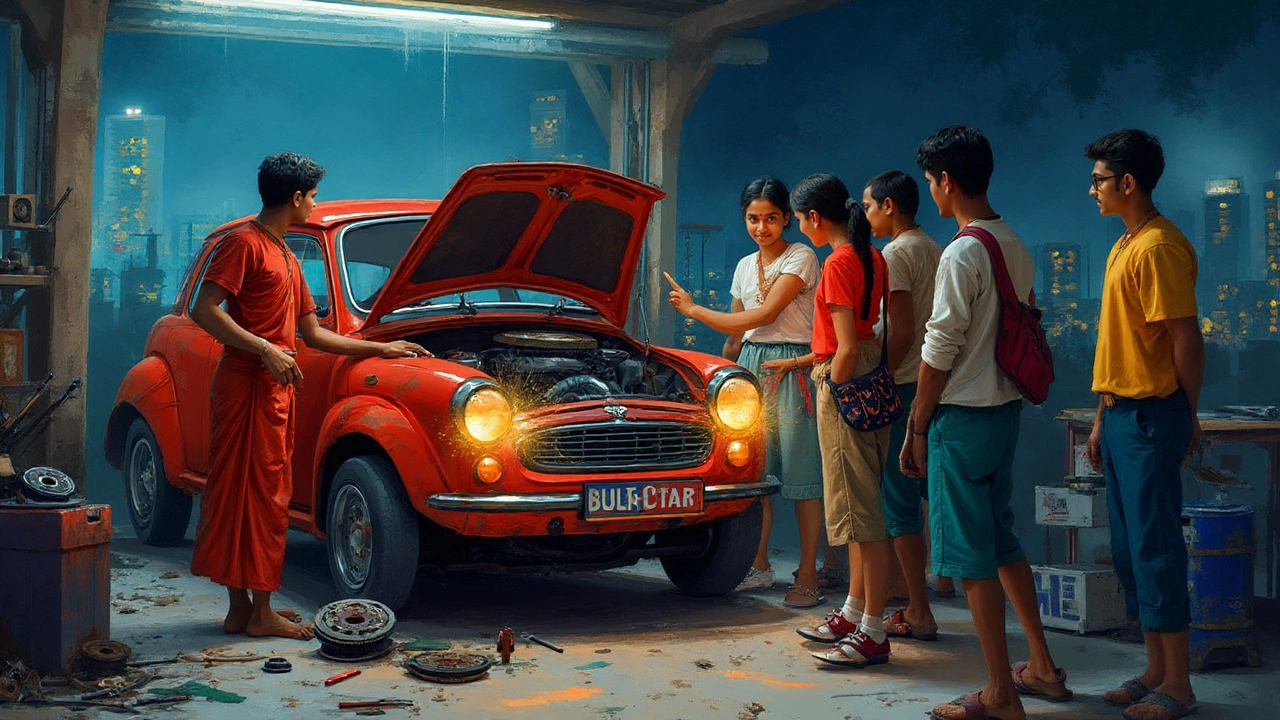
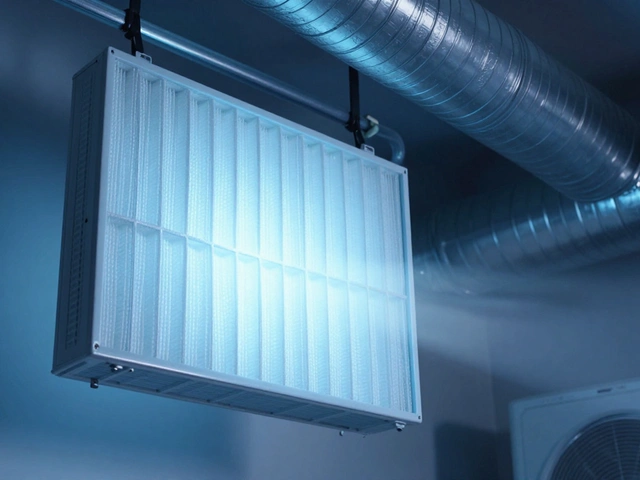
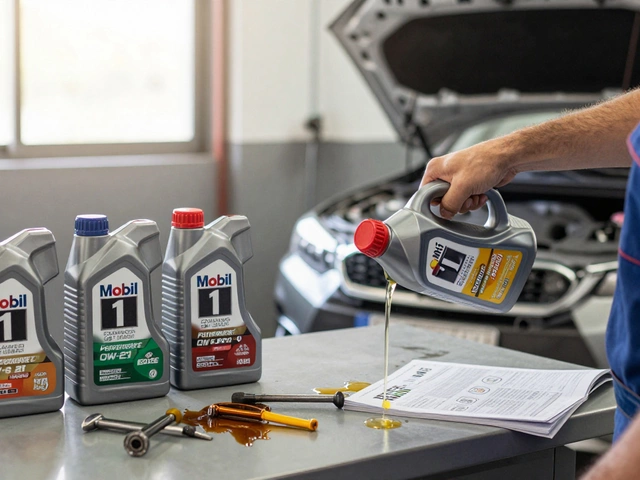

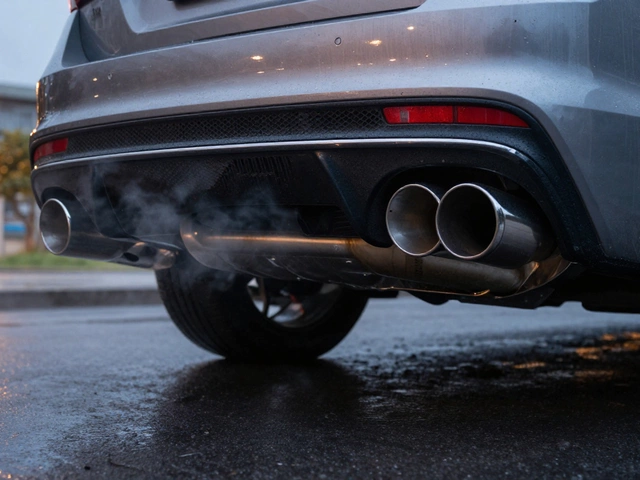

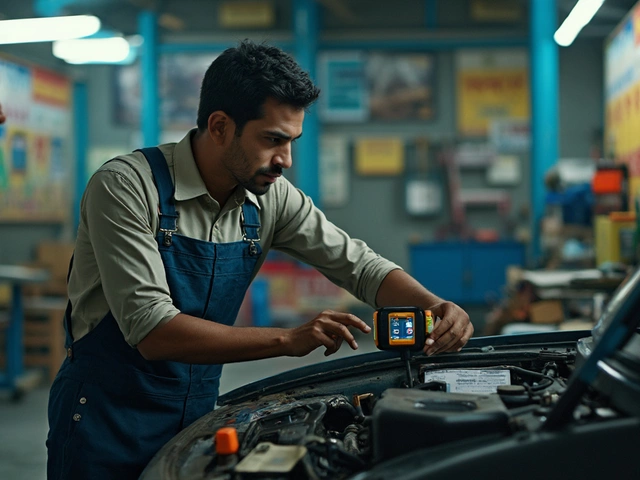
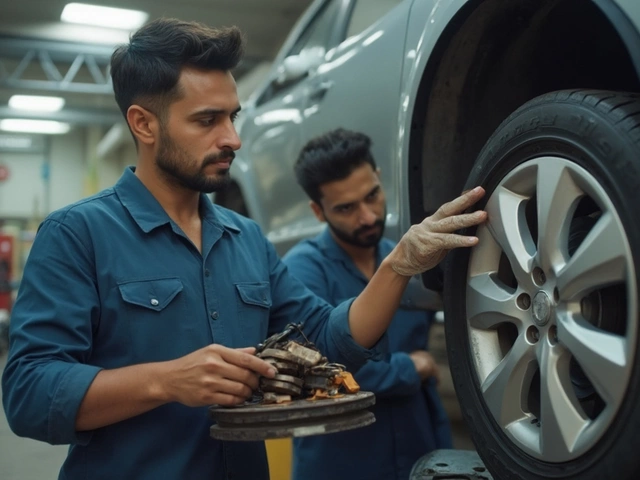


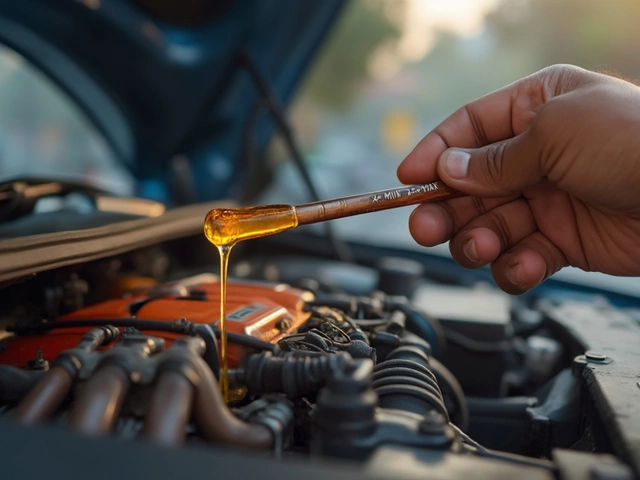
Write a comment